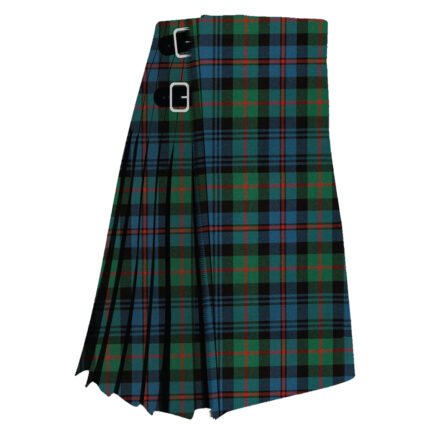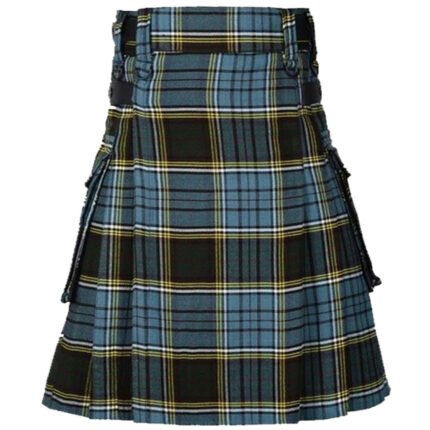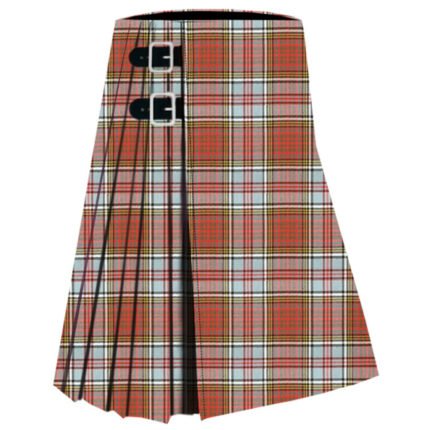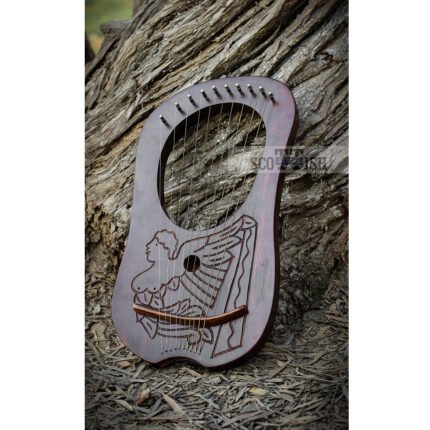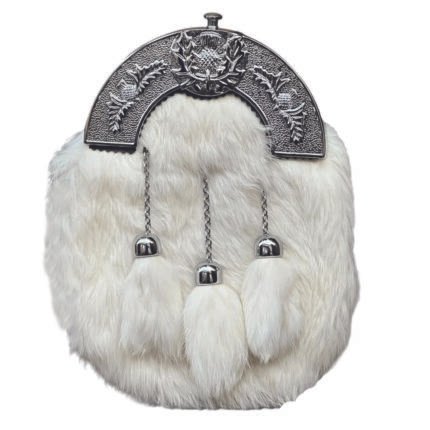How many strings does a lyre have?

How many strings does a lyre have
Intriguing History of the Lyre Instrument
The lyre, an ancient stringed instrument with a rich history, holds a special place in the tapestry of human musical expression. Its origins can be traced back to the cradle of civilization, flourishing in cultures across Mesopotamia, Egypt, Greece, and beyond. The lyre’s journey through time is a testament to its enduring allure and significance in the evolution of music.
Dating back to as early as 2800 BCE, depictions of lyres can be found adorning ancient artifacts and temple walls, offering glimpses into the musical practices of bygone eras. These early representations not only showcase the instrument’s distinctive form but also hint at its cultural and ceremonial significance within ancient societies.
One of the most iconic associations with the lyre is its connection to the legendary Greek musician Orpheus, whose mastery of the instrument was said to captivate both gods and mortals alike. Through myth and legend, the lyre transcended its physical form to become a symbol of artistic prowess, emotional resonance, and even spiritual enlightenment.
Importance of Understanding Its Construction
Beyond its historical and mythological significance, delving into the construction of the lyre unveils a deeper understanding of its musical capabilities and cultural context. Each component, from the resonance of its wooden body to the tension of its strings, contributes to the instrument’s unique timbre and character.
By exploring the intricacies of how the lyre is crafted, we gain insights into the craftsmanship and ingenuity of ancient artisans. From the selection of materials to the precision of assembly, every detail reflects the cultural values and technological advancements of its time.
Moreover, understanding the construction of the lyre enables modern musicians and scholars to recreate and interpret ancient melodies with greater authenticity and fidelity. By studying historical instruments and their construction techniques, we bridge the gap between past and present, breathing new life into age-old traditions and musical practices.
Origin and Evolution of the Lyre
Ancient Origins Traced Back to Mesopotamia and Greece
The lyre, an ancient stringed musical instrument with a rich cultural history, finds its roots deeply embedded in the cradle of civilization, Mesopotamia. Dating back to around 2500 BCE, depictions of lyres have been discovered on artifacts such as pottery and cylinder seals. These early representations offer insights into the instrument’s basic form and its significance in the daily lives and rituals of ancient Mesopotamians.
However, it was in ancient Greece that the lyre truly flourished and gained prominence. The Greek god Hermes, associated with music and poetry, is often depicted holding a lyre. The instrument played a central role in Greek mythology and culture, with legendary figures such as Orpheus famously mastering its melodies to enchant both mortals and gods alike.
-
Ancient Murray Of Athol Tartan Kilt
Original price was: $99.00.$89.00Current price is: $89.00. -
Anderson Tartan Kilt Deal
Original price was: $249.00.$189.00Current price is: $189.00. -
Anderson Tartan Scarf
Original price was: $35.00.$30.00Current price is: $30.00. -
Anderson Tartan Utility Kilt
Original price was: $130.00.$105.00Current price is: $105.00. -
Anderson Weathered Tartan Kilt
Original price was: $399.00.$359.00Current price is: $359.00. -
Angle Design Lyre Harp
Original price was: $139.00.$129.00Current price is: $129.00. -
Antique Brown Leather Sporran
Original price was: $79.00.$59.00Current price is: $59.00. -
Antique Cantle Dress Sporran
Original price was: $99.00.$69.00Current price is: $69.00. -
Antique Damascus Steel Sgian Dubh
Original price was: $79.00.$49.00Current price is: $49.00.
Variations and Adaptations Across Different Cultures
As civilizations expanded and interacted with one another, the lyre underwent various adaptations and modifications across different regions and cultures. From the Greek kithara to the ancient Egyptian arched harp, each civilization infused its own artistic and cultural elements into the design and construction of the lyre.
In ancient Rome, the lyre underwent further evolution, with the introduction of new materials and structural innovations. The Roman tibia, a type of double-piped flute, often accompanied the lyre in musical performances, creating a harmonious blend of sound that captivated audiences across the empire.
Throughout history, the lyre continued to evolve, with each iteration reflecting the unique cultural influences and musical preferences of its time. From the medieval European citole to the Renaissance-era chitarrino, the instrument’s enduring popularity speaks to its timeless appeal and versatility as a musical medium.
Anatomy of a Lyre
Body Structure and Materials
The lyre’s distinctive shape typically consists of a hollow body, often fashioned from wood, with a rounded or elongated form reminiscent of a small harp. This body serves as the resonating chamber, amplifying the vibrations produced by the strings to create sound.
The choice of materials for constructing the lyre’s body has varied throughout history and across cultures. Ancient lyres were often crafted from materials readily available in their respective regions, such as wood, animal hides, or even tortoise shells. These organic materials not only lent the instrument its characteristic timbre but also reflected the cultural and environmental contexts in which they were created.
Key Components: Strings, Bridge, Soundboard, and Tuning Mechanism
Central to the lyre’s design are its key components, each playing a crucial role in producing and shaping its distinctive sound. At the heart of the instrument are the strings, stretched taut across the body and anchored at both ends to create tension. These strings, typically made from materials such as gut, nylon, or metal, are plucked or strummed by the musician to produce musical notes.
The bridge, positioned near the base of the lyre’s body, serves to support and elevate the strings, ensuring proper contact with the soundboard. This interaction between the strings and the soundboard is essential for transmitting vibrations and amplifying the instrument’s sound.
Speaking of the soundboard, this thin, flat surface acts as a resonating diaphragm, further amplifying the vibrations produced by the strings. Made from materials such as wood or animal skins, the soundboard’s shape and composition play a significant role in shaping the tonal characteristics of the lyre.
Finally, the tuning mechanism allows musicians to adjust the tension of the strings, thereby altering the pitch and tuning of the instrument. Early lyres utilized simple methods such as knotting or twisting the strings to achieve the desired pitch, while modern variants may incorporate more sophisticated tuning mechanisms, such as pegs or tuning keys.
The Significance of Strings
Role in Producing Sound and Tone
Strings are the quintessential components of the lyre, playing a pivotal role in its sonic expression. Their primary function lies in the generation of sound through vibration. When plucked or strummed, the strings undergo oscillations, which propagate through the instrument’s body, eventually producing audible sound waves. However, the significance of strings extends beyond mere sound production; they profoundly influence the instrument’s tonal qualities.
The thickness, tension, and length of strings directly impact the pitch, resonance, and timbre of the lyre’s sound. Thicker strings tend to produce lower pitches with richer harmonics, while thinner strings yield higher pitches with brighter tones. Furthermore, the tension applied to the strings during tuning affects their responsiveness and overall sound quality. Through meticulous adjustment, musicians can achieve a spectrum of tones, from deep and resonant to crisp and delicate, thus enriching the expressive potential of the instrument.
In essence, strings serve as the conduits of musical expression in the lyre, shaping its sonic identity and enabling performers to evoke a myriad of emotions through their intricate interplay.
Different Materials Used for Strings
The materials employed in crafting lyre strings have evolved significantly over centuries, reflecting advancements in technology, availability of resources, and artistic preferences. Traditionally, strings were fashioned from natural fibers such as animal gut or silk, prized for their elasticity and warmth of tone. These organic materials offered a nuanced response to the player’s touch, allowing for subtle variations in dynamics and articulation.
However, with the advent of industrialization and the quest for durability, synthetic materials such as nylon and steel gained prominence in string manufacturing. Nylon strings, renowned for their stability and affordability, became widely adopted, particularly in mass-produced instruments and educational settings. Steel strings, distinguished by their robustness and bright projection, found favor among modern musicians seeking enhanced clarity and volume.
Nevertheless, the allure of natural gut strings endures among purists and connoisseurs, valued for their unparalleled richness and complexity of sound. The painstaking craftsmanship involved in their production, along with their exquisite tonal qualities, renders them indispensable in certain musical traditions and historical reconstructions.
Ultimately, the choice of string material remains a deeply personal and artistic decision, influenced by factors ranging from tonal preferences to performance requirements. Each material imbues the lyre with its distinctive character, contributing to the kaleidoscopic tapestry of musical expression woven by performers across cultures and epochs.
Historical Documentation
References in Ancient Texts and Artifacts
The historical documentation of the lyre’s significance and prominence spans millennia, encompassing a vast array of textual sources and archaeological discoveries. From ancient literary references to depictions in visual art, these sources provide invaluable insights into the cultural, social, and musical contexts surrounding the instrument.
In ancient Mesopotamia, the lyre held a revered status, symbolizing royalty, divine favor, and cultural refinement. Texts such as the Epic of Gilgamesh extolled the instrument’s virtues, portraying it as a conduit for communion with the divine and a source of solace in times of turmoil. Likewise, Sumerian cuneiform tablets and Assyrian reliefs depict lyres being played in various ceremonial and courtly settings, underscoring their integral role in religious rituals and royal festivities.
In ancient Greece, the lyre occupied a central position in both mythology and everyday life, catalyzing artistic expression and communal bonding. Poetic works such as Homer’s Odyssey abound with references to the lyre, depicting it as an emblem of creativity, heroism, and cultural identity. Additionally, archaeological finds, including depictions on pottery and sculptures, offer tangible evidence of the instrument’s widespread popularity and cultural significance.
Across civilizations and epochs, from ancient Egypt to medieval Europe, the lyre has left an indelible mark on human history, transcending geographical boundaries and linguistic barriers. Its enduring legacy continues to resonate in contemporary music and culture, serving as a testament to the enduring power of artistic expression and the timeless allure of the musical arts.
The Musical Range of a Lyre
Exploration of Different Tunings
The tuning of a lyre, much like other stringed instruments, is crucial in determining its musical range and versatility. Throughout history, various cultures have employed different tuning systems, each offering unique tonal qualities and expressive capabilities.
In ancient Greece, for instance, the most common tuning for the classical Greek lyre was the Mixolydian mode, characterized by its rich, resonant sound and wide melodic range. This tuning, with its distinct intervals, allowed for the rendition of complex melodies and harmonies, essential for the performance of Greek poetry and songs.
Similarly, in ancient Mesopotamia, the Sumerian lyre was often tuned to a pentatonic scale, producing a hauntingly beautiful yet somewhat limited range of tones. This tuning choice reflected the cultural preferences of the time and influenced the melodic structures of Mesopotamian music.
Fast forward to the present day, and modern interpretations of the lyre have seen experimentation with various tuning systems, including traditional historical tunings as well as adaptations to fit contemporary musical styles. Musicians and luthiers alike continue to explore alternative tunings, pushing the boundaries of the instrument’s sonic possibilities.
Limitations and Advantages of the Lyre’s Range
Despite its historical significance and unique tonal characteristics, the lyre does possess certain limitations in terms of its musical range when compared to other stringed instruments. Due to its compact size and fewer strings, the lyre may not be capable of producing the same breadth of notes as larger instruments like the piano or harp. This limitation can be particularly pronounced in certain musical contexts that require extensive chromaticism or polyphony.
However, it is precisely these limitations that often lend the lyre its distinctive charm and allure. The instrument’s modest range encourages a more focused approach to composition and performance, emphasizing melody and simplicity over complex harmonic structures. Additionally, the lyre’s portability and intimate sound make it well-suited for solo performances or small ensemble settings, where its expressive capabilities can truly shine.


